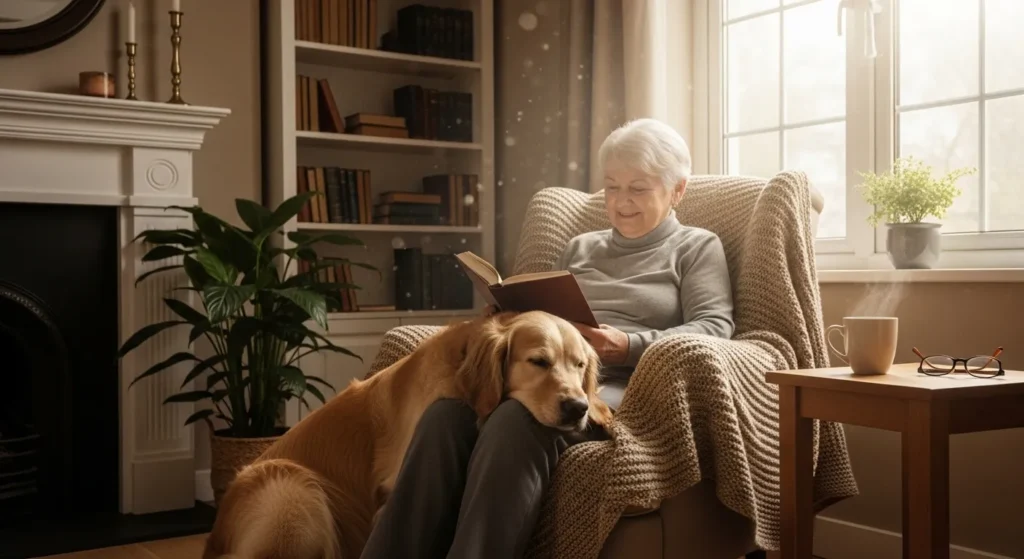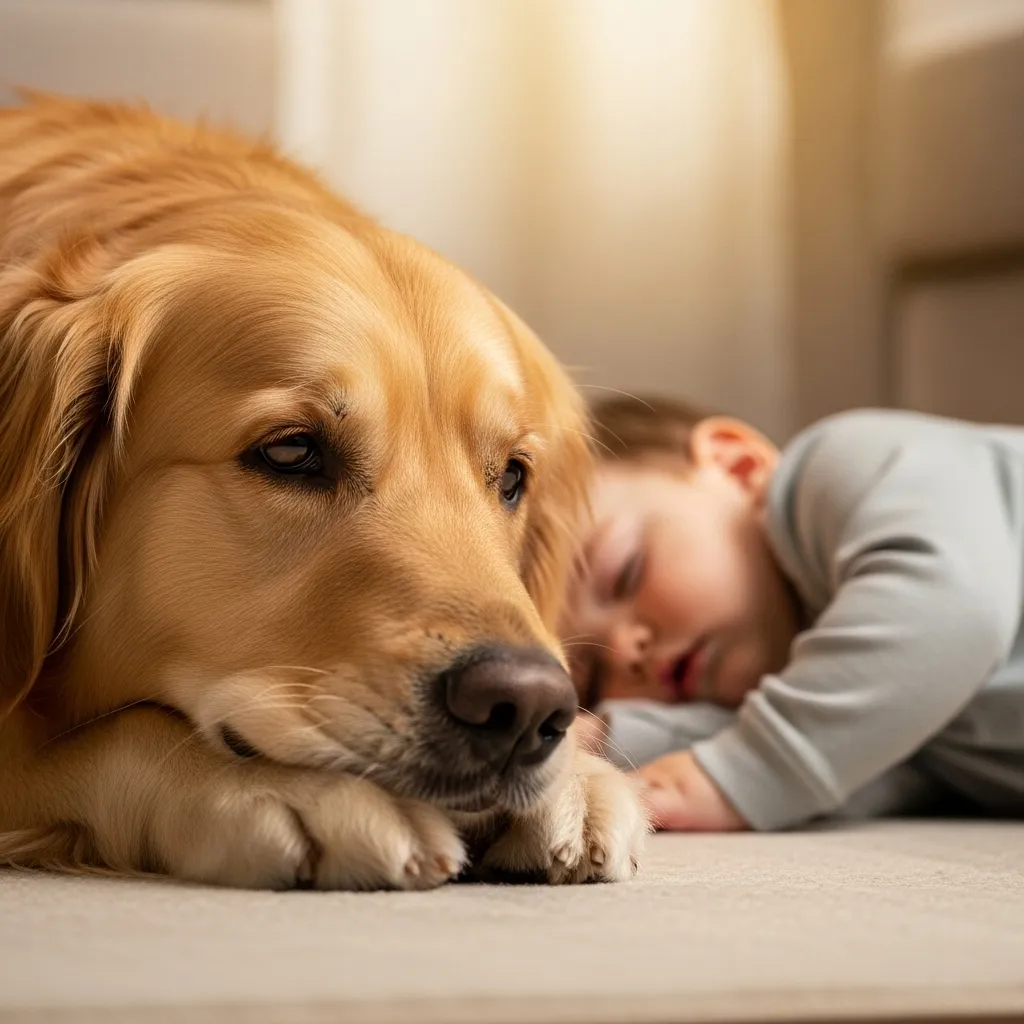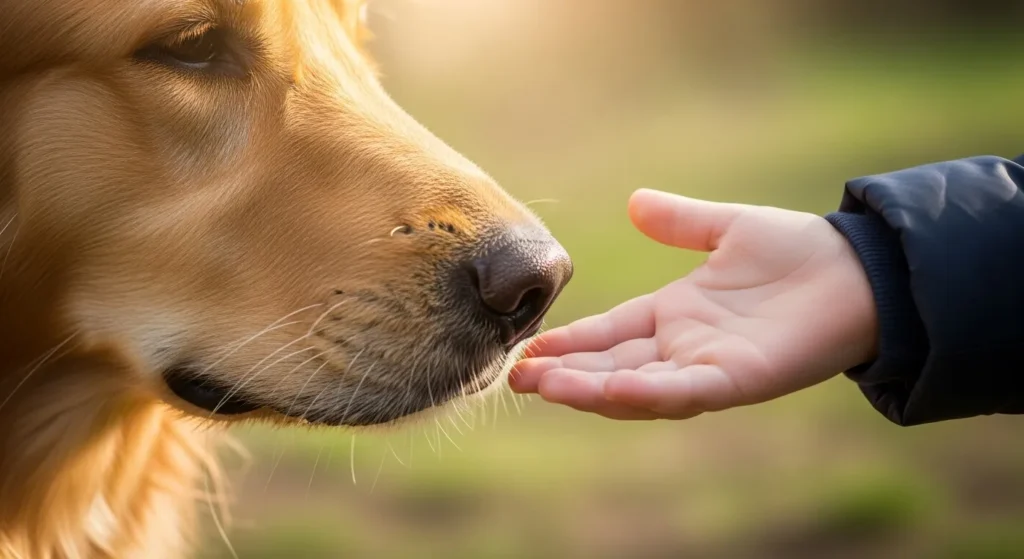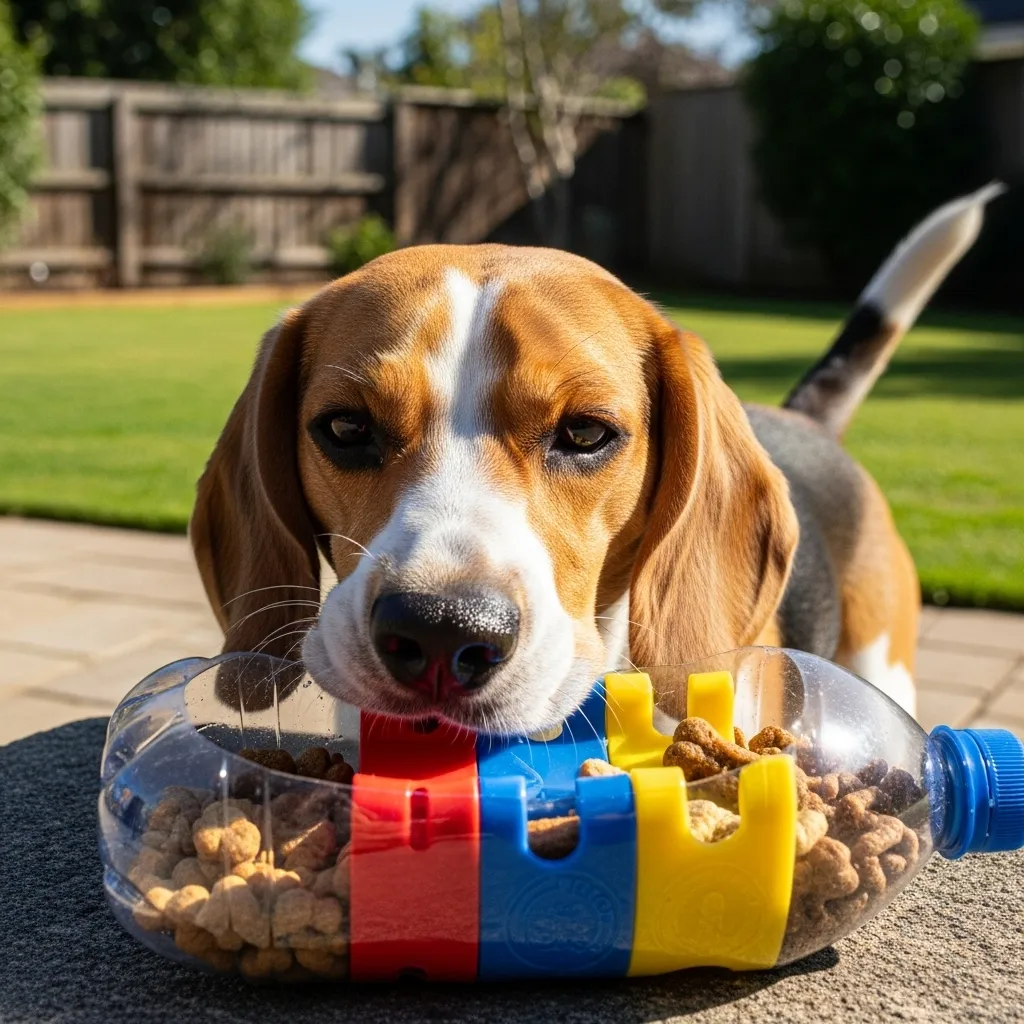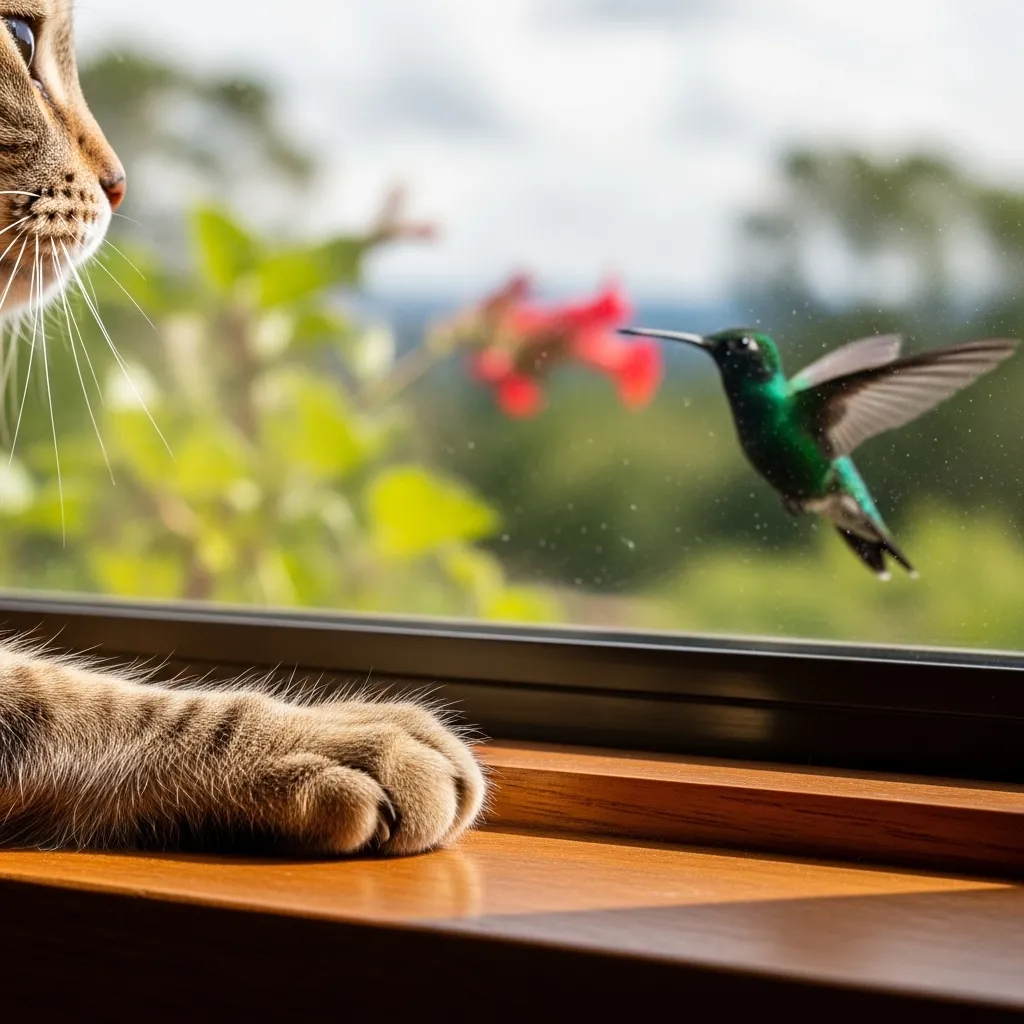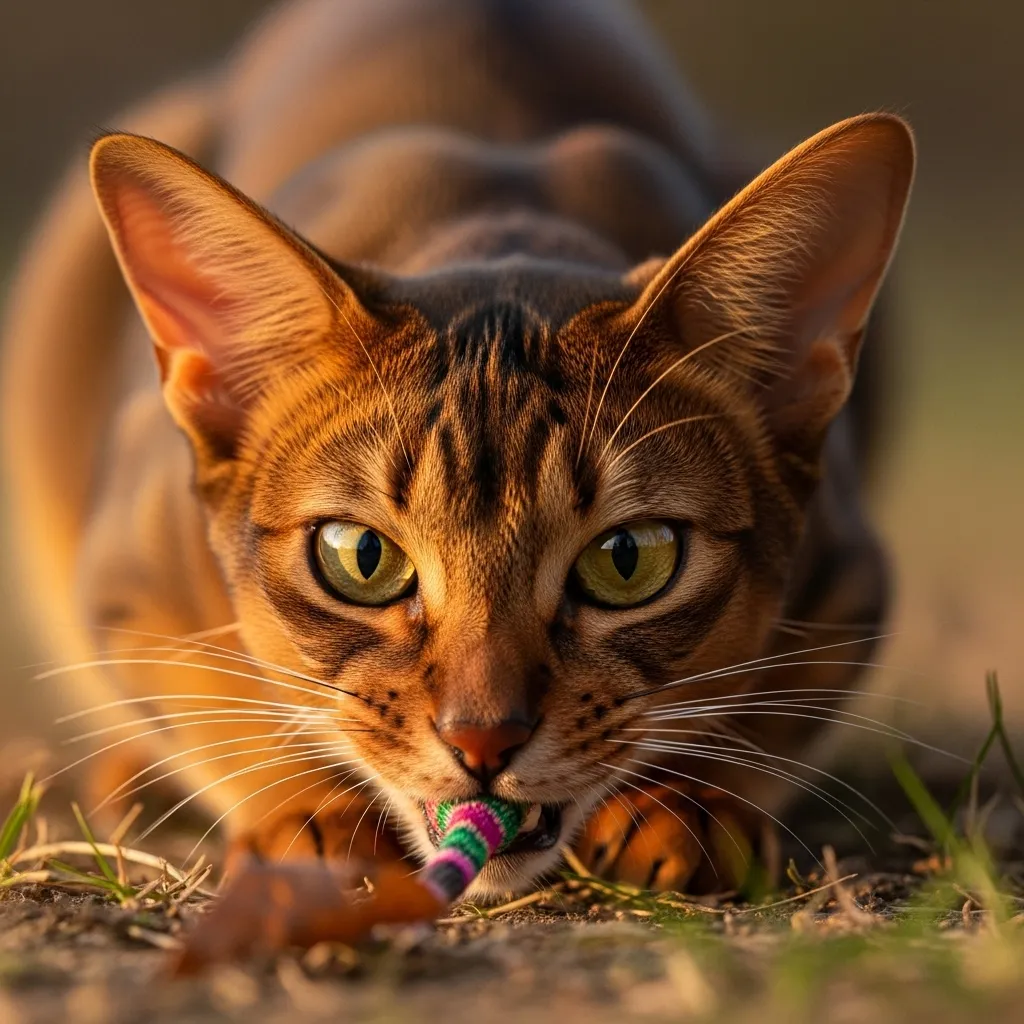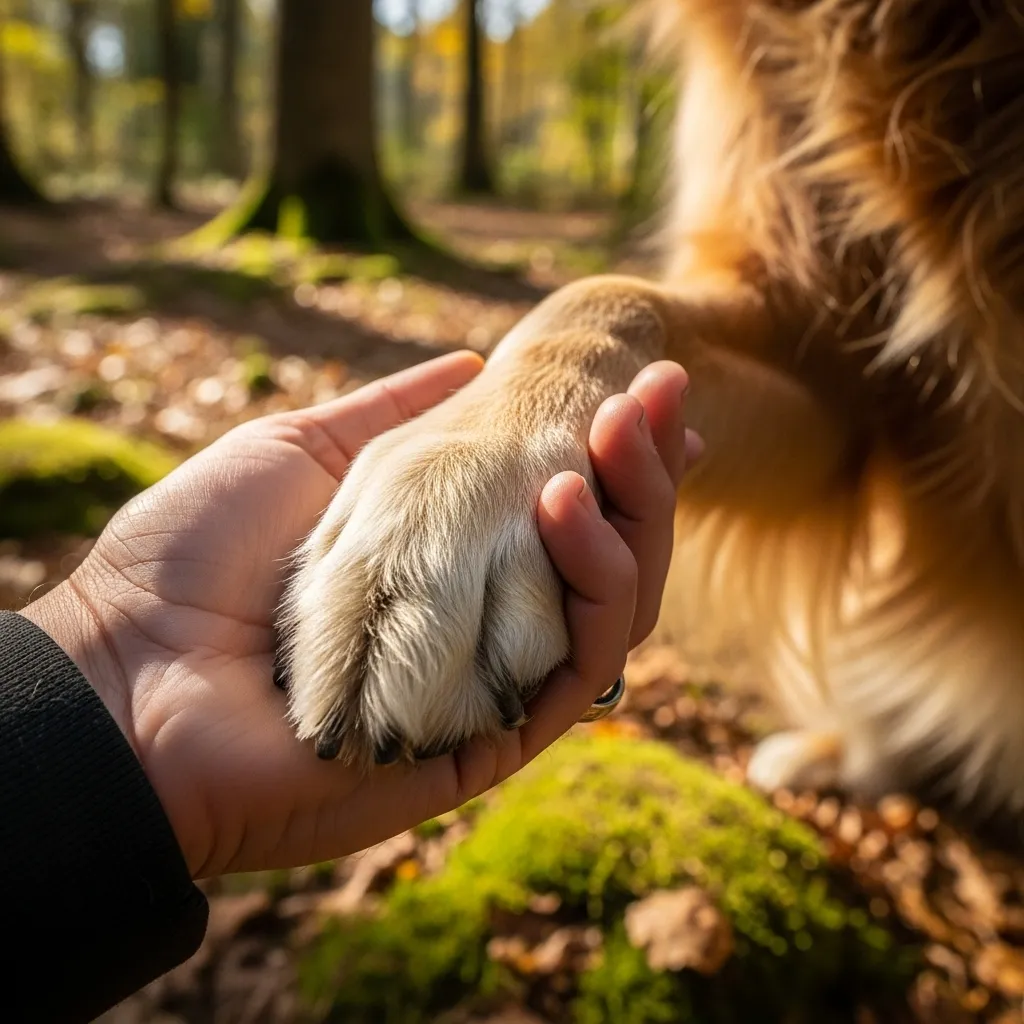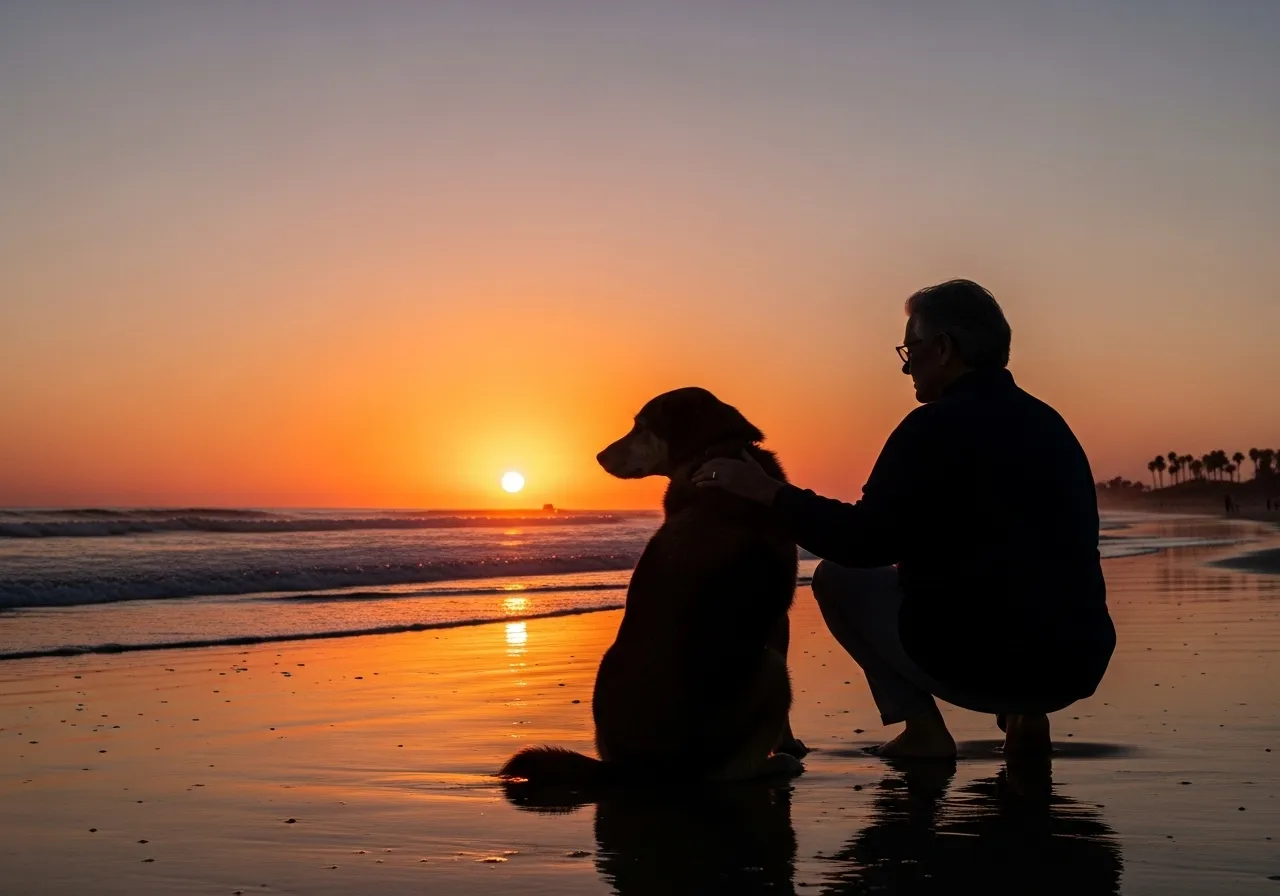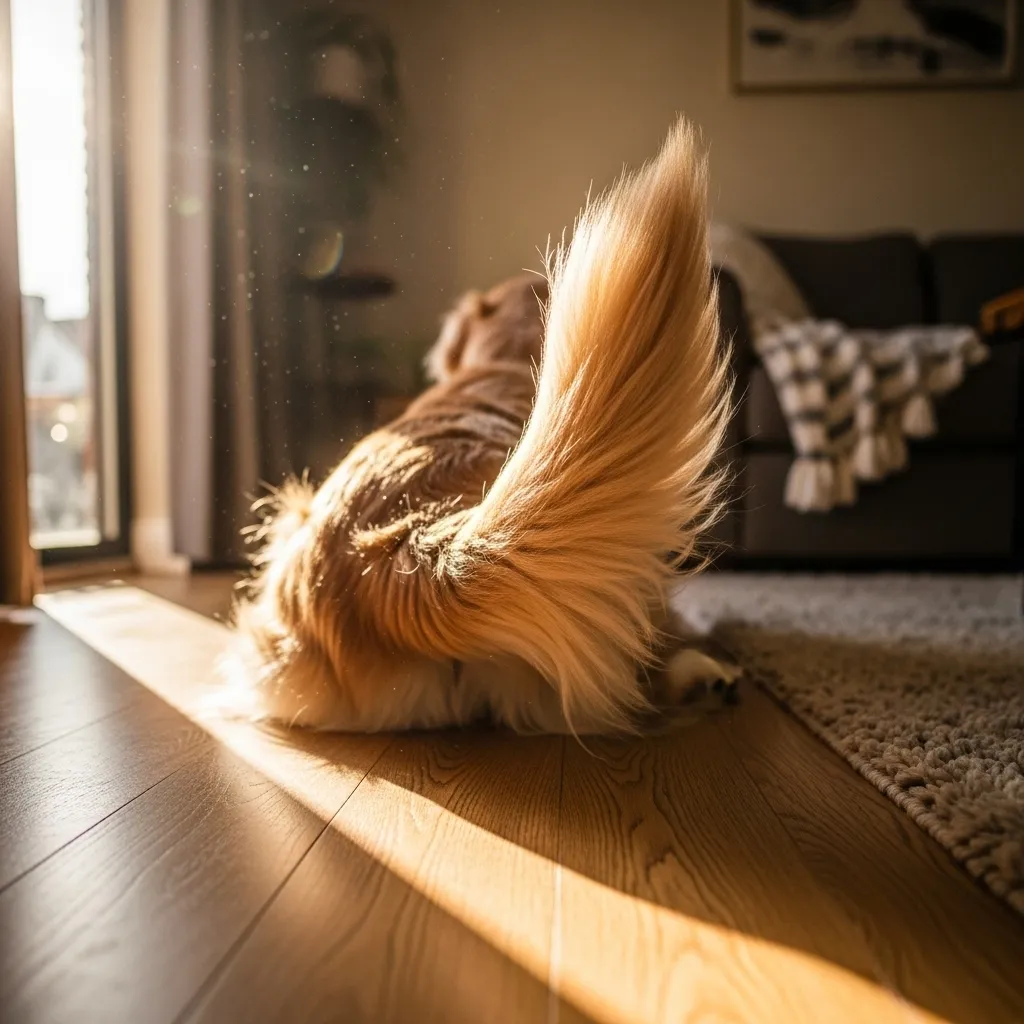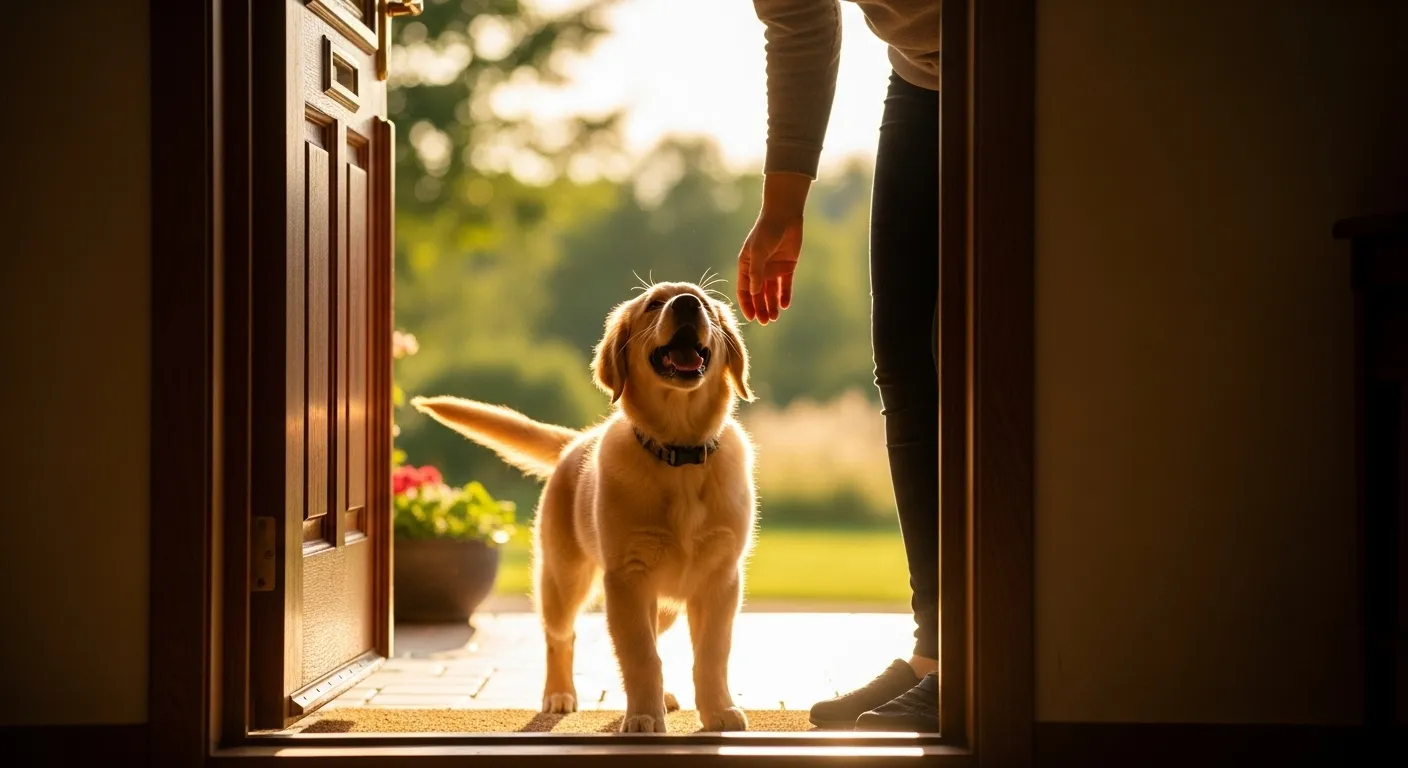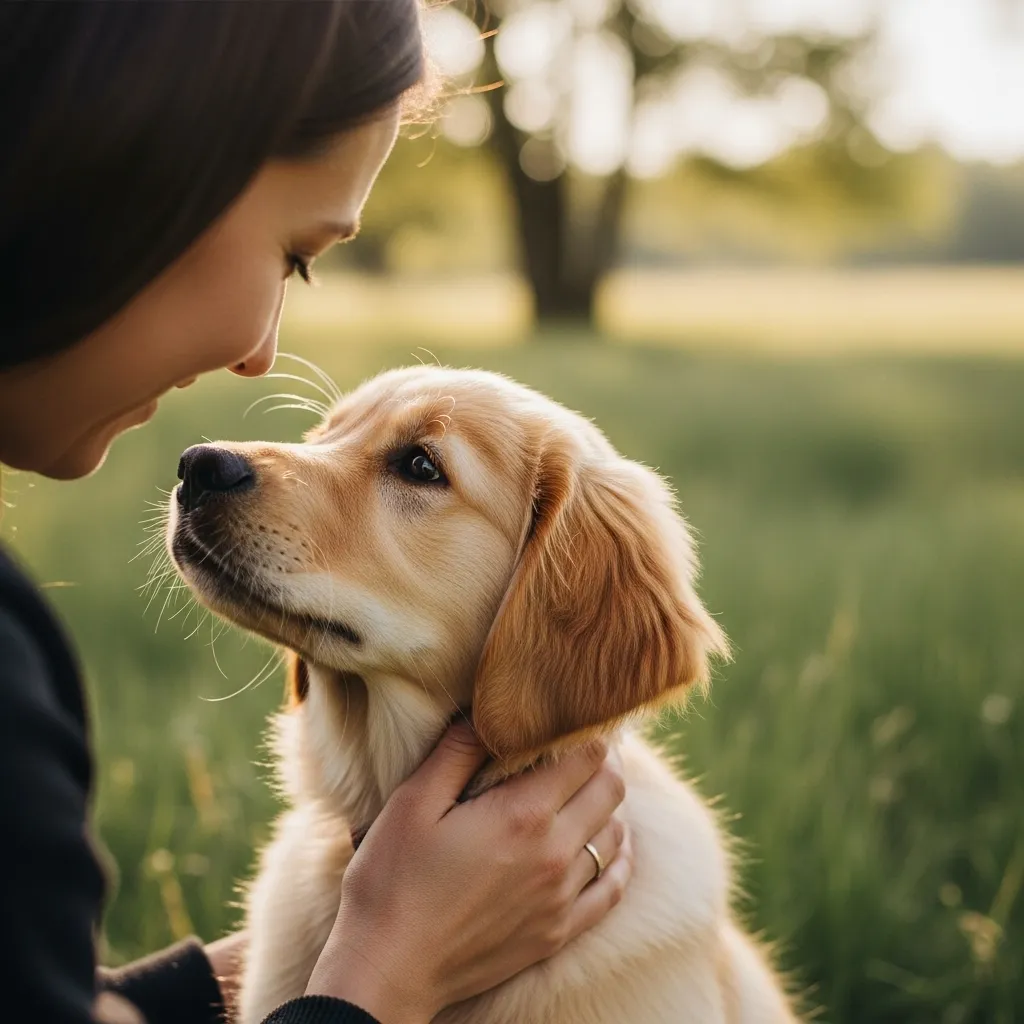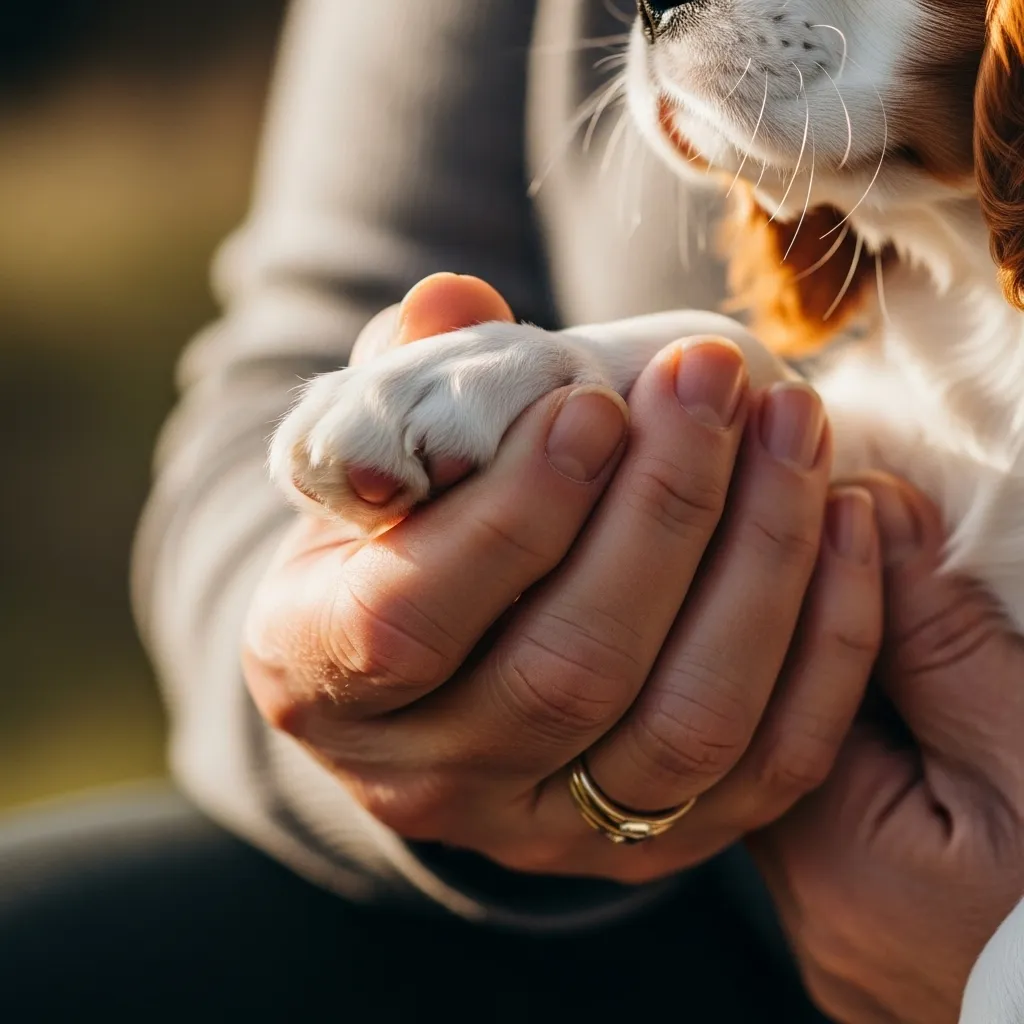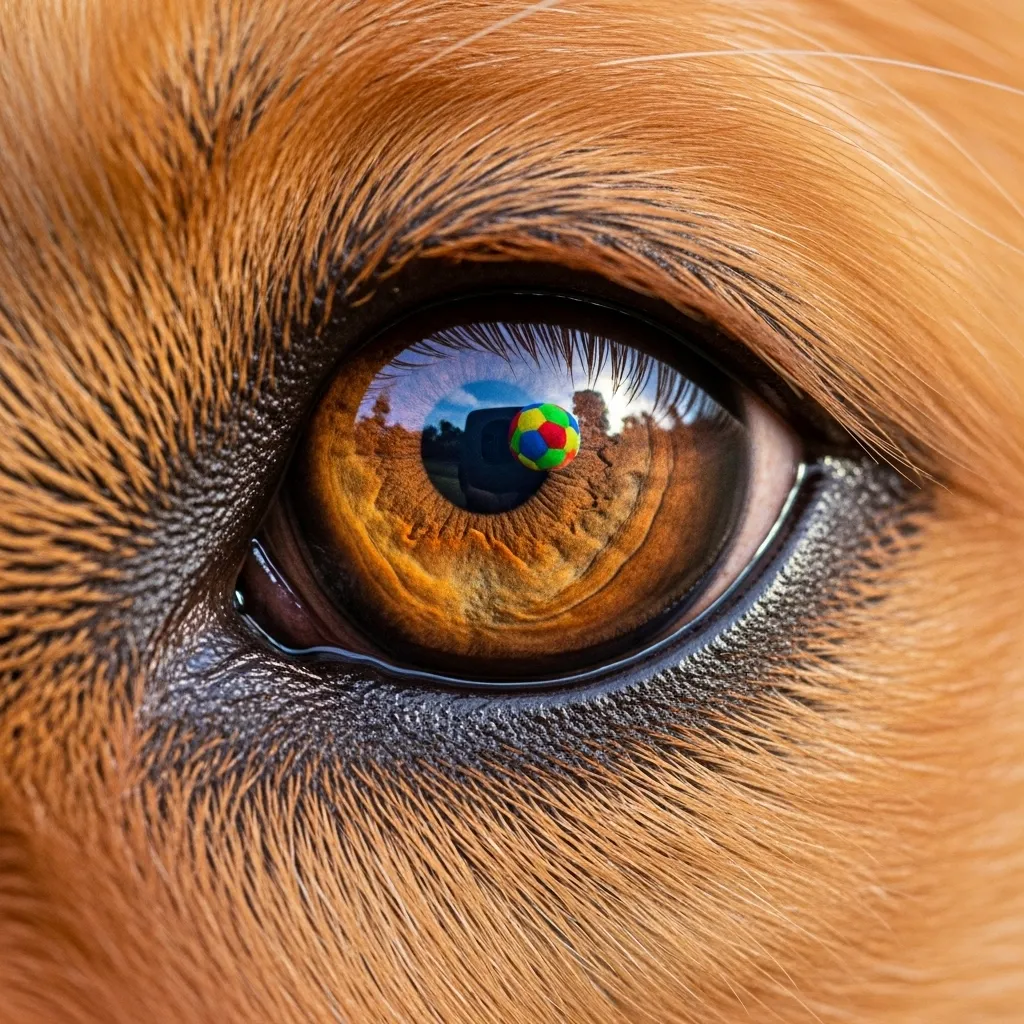Are You Overlooking These Hidden Dangers for Pets?
Pets are more than just animals; they are our family. However, we have to admit that life with them is not easy. One minute your living room looks like a magazine spread, the next it’s a war zone of chewed shoes, toppled plants, and some mysterious puddles you really hope are just spilled water.
The good news is that you can have a home safe for your pets, which means that it will be less likely to hurt themselves, and a home safe from your pets, meaning you won’t have to cry over a destroyed couch or a chewed pair of shoes. It’s a win-win!
But the good news is that pet-proofing your home is not about making it look like a fortress. It’s about smart ways to protect your sweet pets from hazards, but also protect yourself from headaches, and most importantly, hefty replacement bills.
And honestly? Once you put in the effort to pet-proof, life becomes a lot more fun. You will stop living in a constant state of panic every time your dog disappears into the other room. You stop worrying that your cat is going to knock off every houseplant. Instead, you will actually relax and laugh in case accidents happen.
So, are you ready? You are going to become the ultimate home strategist. The following 10 tested ways to pet-proof your home will change the way you live with your furry family. Let’s arm you with the tools to survive in the joyful, and almost all the time, chaotic world of pet ownership. Let’s jump in!
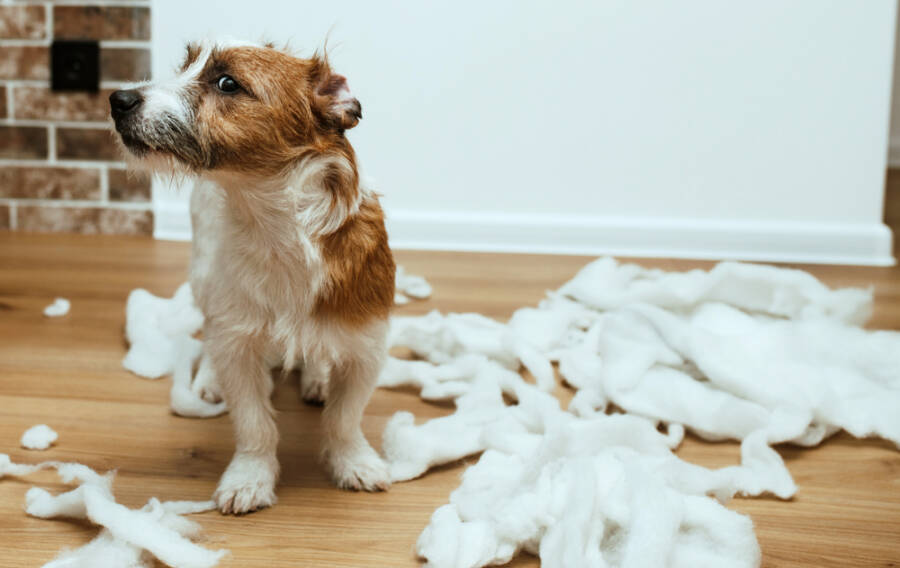
10 Easy Ways to Pet-Proof Your Home
1. Keep human food out of reach
Ha, ha! We all know how easily our furry friends can steal our food, am I right? It’s probably one of their favorite activities to do. The only problem is that many items we consume are not safe for them, and even though it might be funny at first, letting them eat human food can seriously put their health in danger.
Some of the most toxic items for pets are chocolate, grapes, onions, and garlic. So, once you have a pet, you must ensure that anything that can become a problem later stays away from them.
2. Don’t smoke indoors
Did you know that smoke can seriously affect pets? By establishing some healthy habits, you will not only take care of your pet’s health, but you’ll also improve your well-being. So, the best would be not to smoke indoors and always hide cigarettes or pipes when you are not using them.
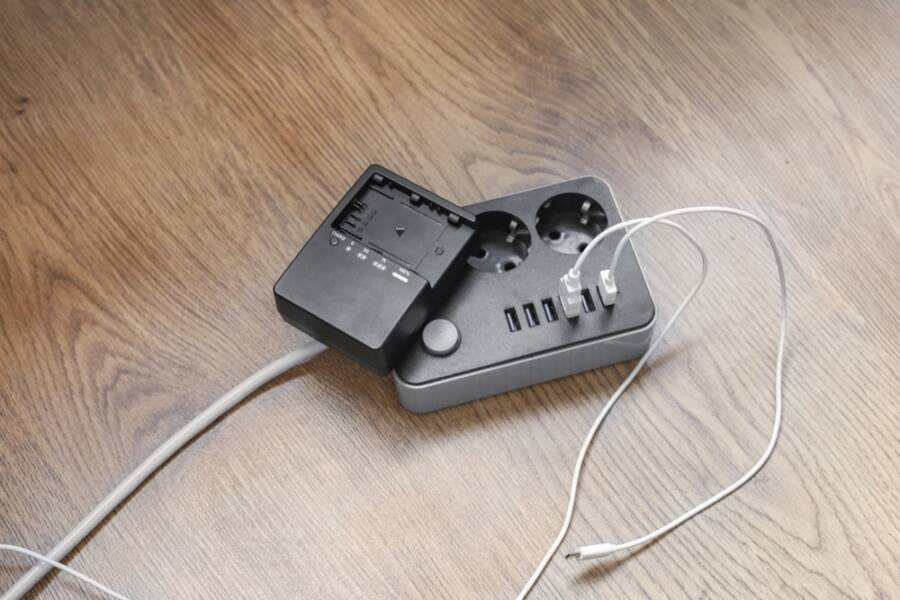
3. Hide electrical cords
Pets love to chew… things. Hide all the electrical cords to keep your furry friends from any risk. Not paying attention to these details can lead to an electric shock or ingesting toxic materials.
Giving your pet their space is one of the smartest ways to prevent chaos. Having designed zones in your home can help contain shedding, messes, and toys. Make sure to use washable beds, easy-to-clean flooring, and baskets for toys. Also, don’t forget to add a water bowl and a blanket with your scent to soothe anxiety.
4. Choose pet-safe plants only
A lot of popular houseplants are toxic to pets. So, before bringing any lilies, pothos, or aloe to your home, make sure to cross-check it with an ASPCA-approved pet-safe plant list. Some of the safest alternatives include spider plants, areca palms, and Boston ferns. You should also elevate potted plants to keep all the curious mouths away. Pets are extremely active and love to explore every corner of your house. However, you need to pay attention to everything that might put their life in danger.
5. Install barriers
Have you heard about baby gates? Well, they work great for keeping pets out of unsafe rooms like the kitchen, laundry room, or garage. We recommend you use tension gates that are tall enough to prevent jumping and wide enough to block doorways. These kinds of items are very helpful, especially in the training period when pets need to learn the rules of the house. Once you establish some clear boundaries, it will be way easier to keep things under control.
6. Hide trash cans
Oh, pets love trash cans (especially dogs)! The cans attract pets like magnets, but in reality, they might represent serious dangers since they are usually filled with choking hazards and toxic substances.
The best idea is to use trash cans with locking lids or store them in cabinets. If you have cats, don’t forget about their litter boxes! Make sure to place them in low-traffic areas that are also accessible. This way, you’ll prevent dogs from digging.
7. Protect your furniture
Pets bring joy, but they can also bring a lot of wear and tear to your furniture. First, there’s the issue of scratching and clawing. Cats instinctively scratch to sharpen their claws and mark territory, while dogs may scratch out of boredom or anxiety. Furniture can easily become their target, so you need to figure out how to protect it.
Start by providing chew toys, but don’t forget that you also need to use deterrents like protective covers to redirect their habits. Then, pay attention to the fur and dander. Pets shed all year round, and this is not just an aesthetic problem; it can also trigger serious allergies and reduce air quality. Last but not least, staining and odors. Accidents happen, and a single stain can easily soak deep into cushions, leaving behind an unpleasant smell and permanent damage.
Always protect your furniture with waterproof liners and washable cushions; this way, you’ll save yourself from costly replacements.
8. Keep the toilet lid down
Even though it’s an easy habit to overlook, keeping the toilet lid down is one of the most effective ways to protect your pet. The larger dog breeds are known for drinking from the toilet. While it may seem harmless, the water can cause serious health issues, putting your furry friend’s life in danger.
The toilet is a bacterial hotspot. The water inside is far from sterile, and drinking from it can expose your pet to bacteria like E. coli or Salmonella. These kinds of bacteria are extremely dangerous because they don’t just put your pet at risk; they can spread illness throughout the home if they lick family members or surfaces.
9. Store your shoes and laundry properly
Pets love to sniff and chew your shoes. They see shoes as tempting because they carry your scent. However, this behavior isn’t just annoying, but also dangerous for their health. Small pieces of material can break off and become choking hazards or cause intestinal blockages if swallowed.
Oh, and don’t underestimate the power of laundry! It possesses similar risks. Socks, underwear, and other similar clothing items are common chewing targets. Providing appropriate toys is extremely important, as it is one of the easiest ways to prevent destructive behavior.
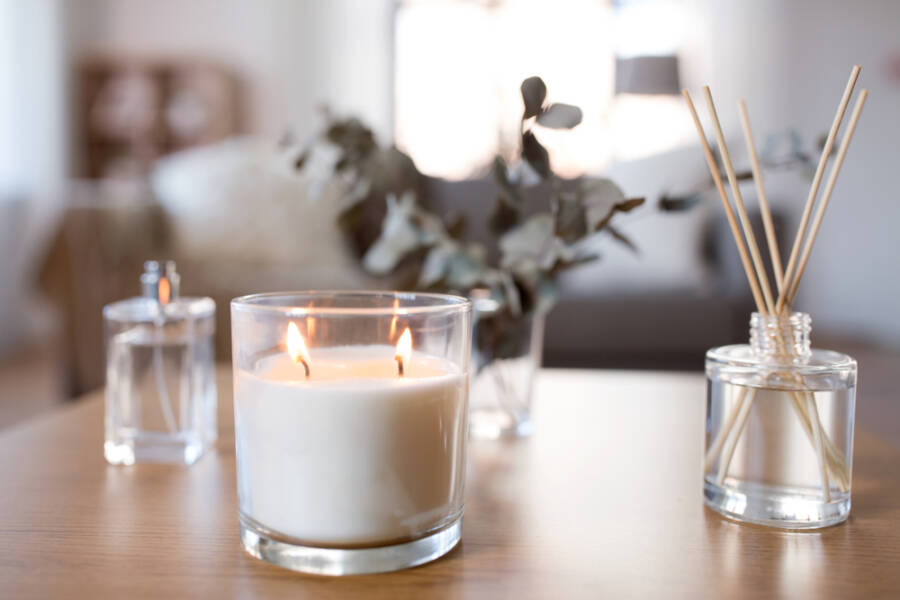
10. Supervise candles, heaters, and open flames
Many pet owners don’t realize just how dangerous these everyday household items can be for their furry companions until an accident happens. So, make sure to take your time and supervise any potential dangers.
For example, the soft glow of a candle can be an intriguing moving object for your pet. So, simply leaving the room for a few minutes can be enough time for a pet to tip over a candle or brush against the flame. Space heaters pose a similar risk. They can be easily hit by a bump or a jump, potentially sparking a fire.
Last but not least, pay attention to fireplaces. Without proper supervision and a protective screen, a pet could get too close and suffer serious burns. Even after the flames are out, hot embers can remain for hours, posing a hidden hazard.
The Bottom Line
At the end of the day, no matter how much you pet-proof your home, if you don’t give your pets something to enjoy, they will still find their own entertainment. And whether we like it or not, their version of entertainment usually involves chewing, scratching, and breaking things. That’s why investing in good-quality pet toys is a necessity, especially if you want a happy, peaceful, and safe home.
Here is a chewing toy all the dogs love! It can be easily found on Amazon and has great reviews!
If you liked this article, here’s what to read next: 12 Foods You Should NEVER Feed Your Dog

